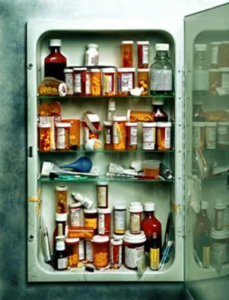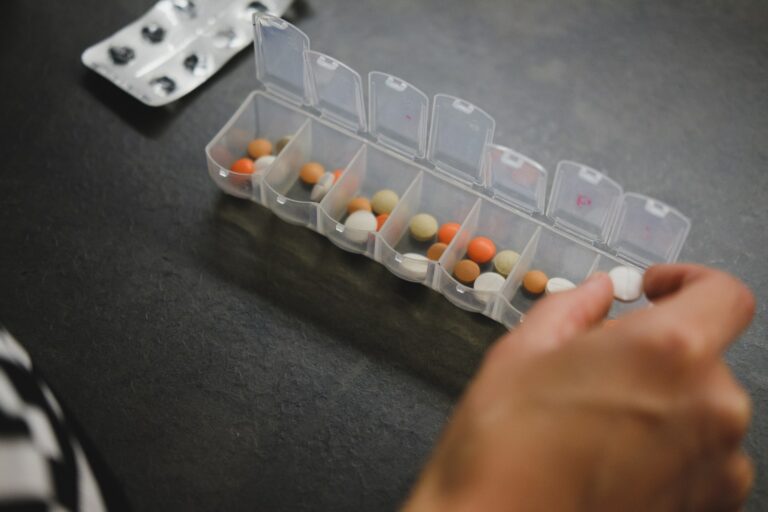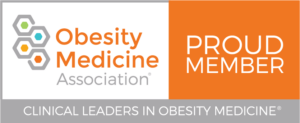In conjunction with the epidemic of impaired metabolic health, there is an associated epidemic of prescription drug use. While many prescription drugs are arguably “necessary”, the majority of medications are directed at the chronic diseases of the modern lifestyle.
Prescription drugs through one’s lifetime
As discussed in part 1, newborns in 2019 are expected to take prescription drugs for approximately half their lives – 36.8 years (48% of his life) for boys and 47.5 years (58% of her life) for girls. After turning 65, individuals are expected to take prescription drugs for 90% of their remaining years.
What types of medications?
For newborns, the medication that will be taken for the most years is blood pressure medications (antihypertensives). The next most common medications for men would be analgesics (pain medications) or statins (for cholesterol); for women, it would be CNS agents (including medications for anxiety, seizures, etc.).
For individuals over age 65, blood pressure medications are taken the longest, followed by statins. As of 2019, newborns could be expected to take an antihypertensive for nearly a quarter of their lives. For 65-year-olds, 2/3 of their remaining years will be on an antihypertensive.
 There was a significant increase in the expected years on prescription drugs over the course of the study period. A newborn girl in 1996 was expected to take an antidepressant medication for 5.55 years, in 2019, that number increased to 12.52 years. For women over 65, the increase in antidepressant use increased significantly from 1.89 to 5.13 years. Men were expected to spend fewer years taking antidepressants than women.
There was a significant increase in the expected years on prescription drugs over the course of the study period. A newborn girl in 1996 was expected to take an antidepressant medication for 5.55 years, in 2019, that number increased to 12.52 years. For women over 65, the increase in antidepressant use increased significantly from 1.89 to 5.13 years. Men were expected to spend fewer years taking antidepressants than women.
There was also a significant increase in the use of statins, CNS agents, and other metabolic agents. For statins, the share of remaining years that adults could be expected to take them increased by 4-fold at every age.
The medications expected to be taken for the largest share of individuals’ lives are:
- Cardiometabolic agents (medications for heart disease, diabetes, etc.)
- Anti-infective agents (antibiotics, etc.)
- Psychotherapeutic agents (medications for mental health)
As people age, they are expected to spend a larger share of their remaining life expectancy taking these drugs.
Costs of prescription drugs – More than just $$$
Spending on prescription drugs in the United States is higher per capita than in any other high-income countries and is expected to be the fastest growing category of health care spending in the coming decade. There is a particular burden on Medicare, with increasing rates of prescription drugs among the 65+ population. In 2016, prescription drugs accounted for nearly a fifth of Medicare spending.
The impact of prescription drug use goes far beyond the dispensing of medications. With increasing use of prescription drugs, there are increasing risks of complications, including overdoses, side effects (short-term and long-term), and drug-drug interactions.
Sex differences in medication use
At every age, women are prescribed medications at a higher rate than men, with the largest disparities in the following classes of drugs:
- Psychotherapeutics, especially antidepressants
- Hormones, such as oral contraceptives and thyroid medication
- Anti-infectives
- Painkillers
The one drug class that is expected to be taken less by women than by men is cardiovascular agents.
Why so heavily medicated?
There are likely several factors in modern health care to explain these trends in prescribing patterns.
- Declining metabolic health. There is progressive worsening of metabolic health, as manifested by increasing rates of obesity, diabetes, cardiovascular disease, and a litany of other medical conditions that fall within the umbrella of insulin resistance.
- Increased longevity. Individuals who suffer chronic diseases are living longer, thanks to medical advances, thereby accumulating more prescription medications over time.
- Improved
 affordability/access of medications. As drug patents expire, generic manufacturers enter the market and compete with the name-brand medications. This competition results in significantly lower costs of medication.
affordability/access of medications. As drug patents expire, generic manufacturers enter the market and compete with the name-brand medications. This competition results in significantly lower costs of medication. - Protocol-driven health care. Treatment protocols and fear of litigation drive a lot of unnecessary prescribing of medications. When consensus guidelines promote medications, health professionals rush to using these medications for their eligible patients. For example, despite inadequate evidence to do so, statins are prescribed aggressively for primary prevention of cardiovascular disease because of AHA guidelines.
- Financial pressure. There is constant pressure within health systems to cut costs, and thus there is a dependence on interventions that pack a powerful punch in a quick manner in order to expedite hospital discharges. When faced with a packed clinic schedule and able to spend only 5-10 minutes face-to-face with each patient, a health professional is more likely to reach for the prescription pad than to engage in time-consuming counseling on lifestyle modification.
- “Band-Aid” health care. Whether in the hospital or clinic, pharmacologic agents can achieve significant results rapidly, even if just superficially treating numbers – vitals, labs, etc.
- Limited knowledge/training. Medical education and modern health care are heavily focused on pharmacologic treatments, rendering health professionals unfamiliar with other treatment approaches. As the adage goes: When all you have is a hammer, everything looks like a nail.
Where do we go from here?

Here comes a harsh truth . . . nobody has a deficiency of a pharmaceutical product. (Note: The one arguable exception to this statement is Type 1 Diabetes, where individuals are deficient in the hormone insulin.) Nobody has high blood pressure because their bodies lack lisinopril . . . or metoprolol, amlodipine, hydrochlorothiazide, etc. Nobody has anxiety because they lack citalopram . . . or sertraline, alprazolam, clonazepam, etc.
Our modern lifestyles have created an epidemic of poor health, and our modern health care system has created a culture of pharmaceutical dependence. The only way out – the only way to break the cycle – is to prioritize lifestyle modification over medication.





